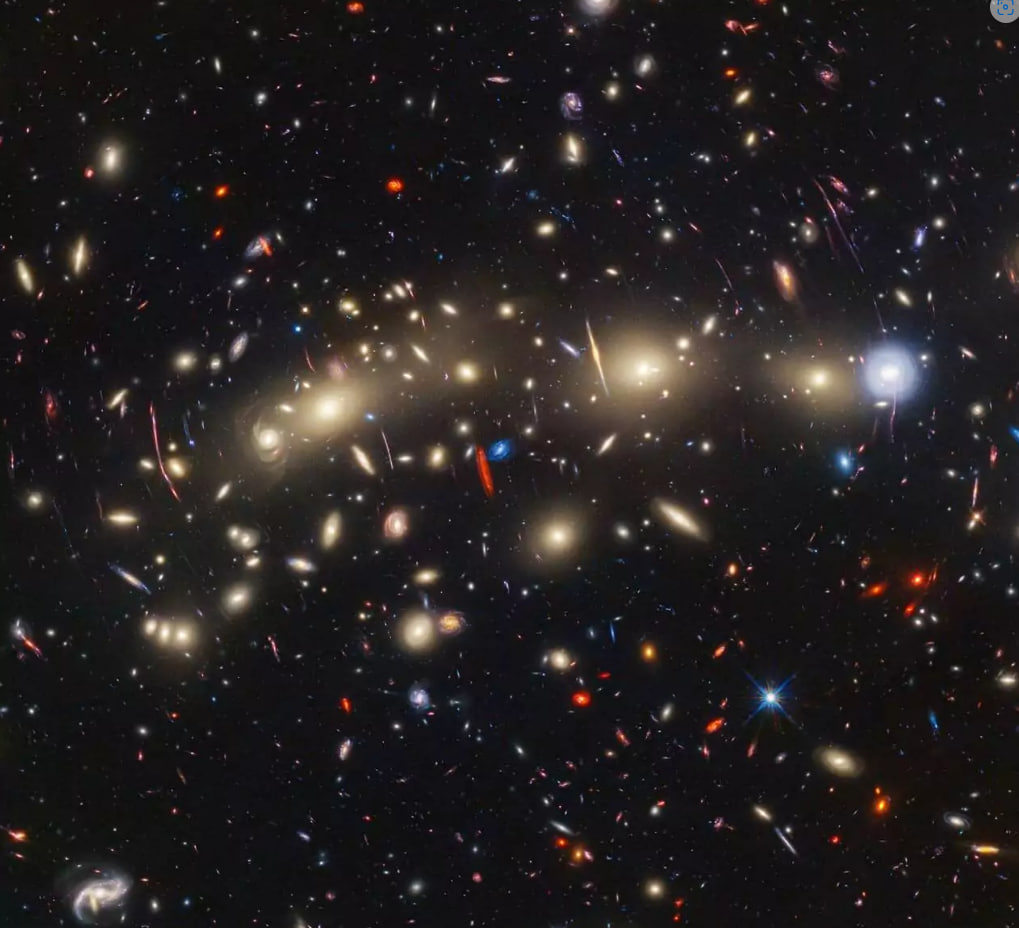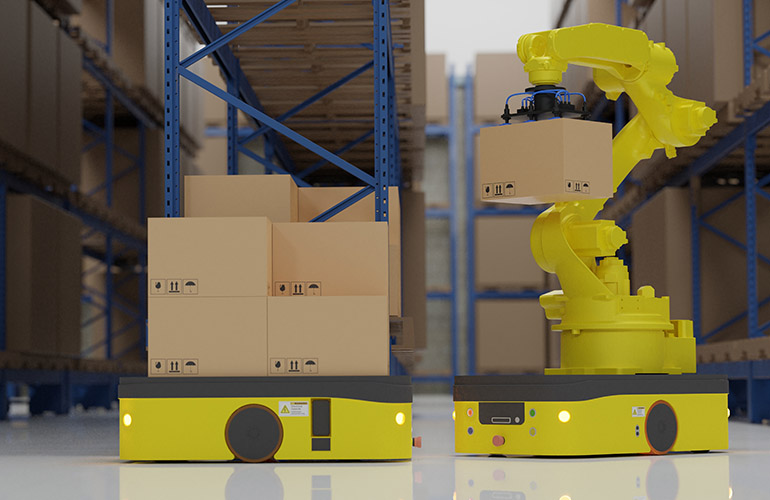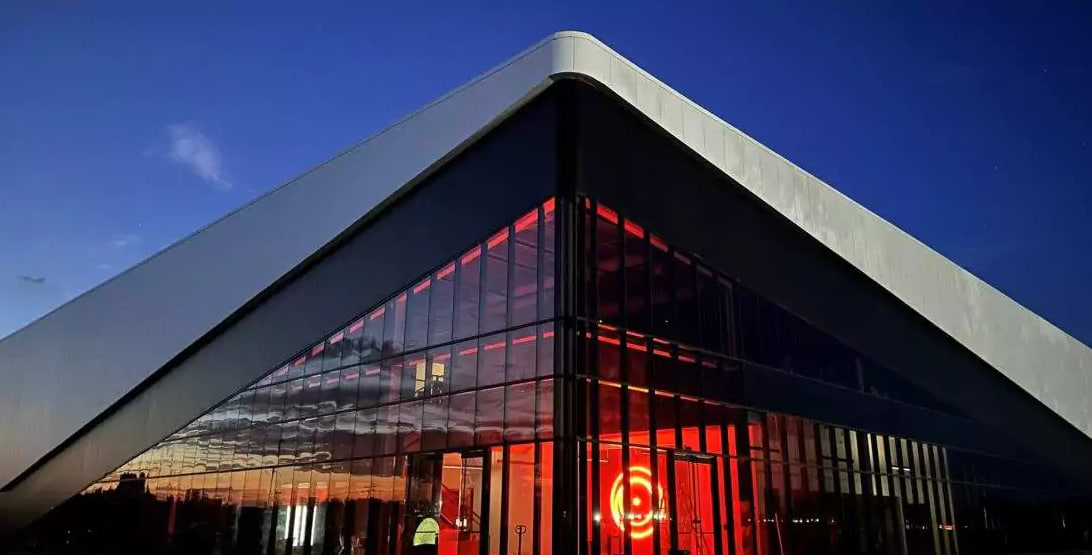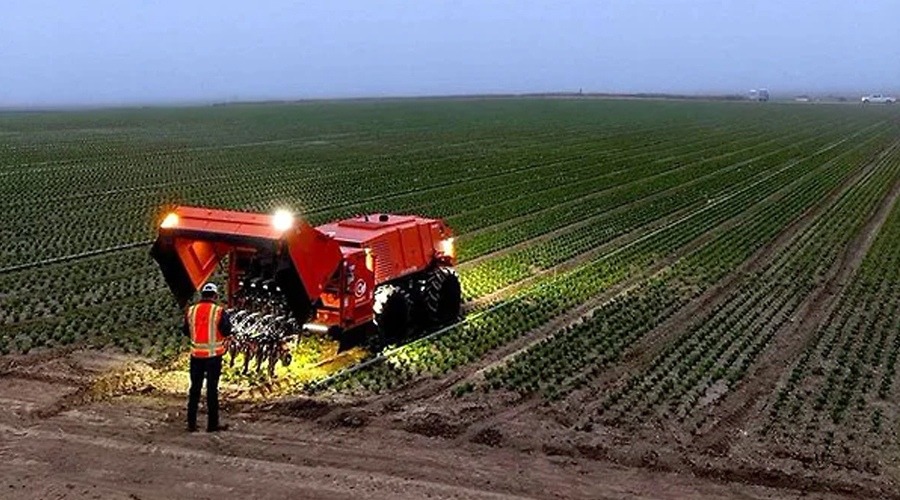NASA and ESA have released a stunning combined image of the colliding galaxy clusters MACS0416 captured by the James Webb Space Telescope (JWST) and Hubble Space Telescope. The panchromatic view offers an unprecedented glimpse into the early universe thanks to the power of both observatories.
Located 4.3 billion lightyears away, MACS0416 is an energetic merger of two massive galaxy clusters. JWST's infrared imaging pierces through dust to reveal previously unseen galaxies, while Hubble captures visible wavelengths. Together, they detect objects spanning vast cosmic distances whose light has been stretched into infrared by expansion.
The image is part of the Frontier Fields program initiated in 2014 to uncover the faintest, most distant galaxies ever observed. By adding JWST's capabilities, scientists can now peer even further back toward the first galaxies that formed after the Big Bang.
In particular, JWST's observations enabled the discovery of 14 transient objects amplified by gravitational lensing from the foreground galaxy cluster. This includes a brightly magnified star dubbed Mothra existing just 3 billion years after the Big Bang.
Mothra's unexpected visibility and extreme magnification suggests an additional massive object buried inside the lensing cluster. This highlights how combining JWST and Hubble can provide insights into the constituents and dynamics of massive amalgamations of dark matter and galaxies.
As researchers continue monitoring MACS0416, JWST's infrared vision promises to uncover many more transient and variable sources that Hubble couldn't detect. Each new discovery takes us closer to understanding the first embers of light sparking within the early universe.
By merging Hubble's sharp visible eye with JWST's unprecedented infrared gaze, astronomers gain a remarkably holistic view of galaxy evolution across cosmic timescales. As the two great observatories operate in tandem, they will reveal the underlying stories of how the first structures emerged after the Big Bang.


















